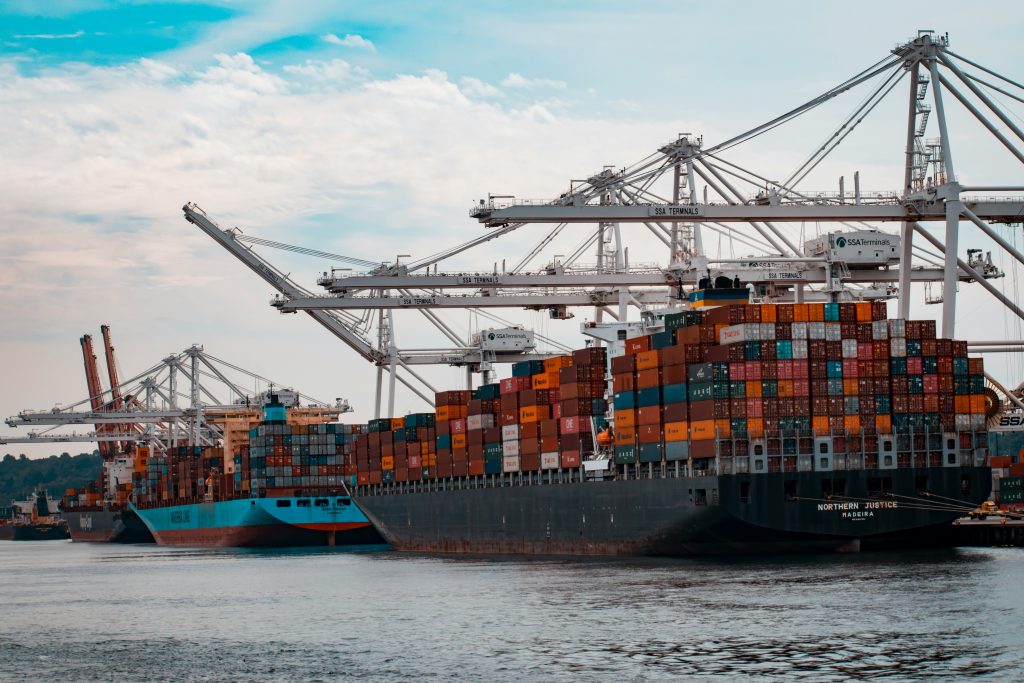As global supply chains contend with tariff volatility, ESG mandates, and rising disruption risk, new research from Sphera reveals a critical gap in enterprise visibility. While 85% of disruptions originate beyond Tier 1, most procurement leaders remain reliant on limited, surface-level insights. Without better N-Tier transparency, firms risk falling behind as trade and regulatory uncertainty grows.
Limited Visibility, Unlimited Risk
Despite years of digital transformation and crisis-driven learning, most supply chain leaders still operate with tunnel vision. According to Sphera’s 2025 survey of 500 senior decision-makers – including Chief Procurement Officers and Chief Sustainability Officers – procurement and sustainability teams continue to rely heavily on Tier 1 relationships for supplier risk insights—yet that’s precisely where the blind spot begins. With sub-tier suppliers now accounting for the overwhelming majority of disruptions, the gap between operational exposure and actual visibility is widening.
Sphera’s findings highlight how entrenched habits, like withholding upstream supplier data or relying on manual risk assessments, are making it harder to preempt supplier insolvencies, geopolitical bottlenecks, or environmental compliance breaches. Nearly 70% of companies struggle with data quality from Tier 2-4 suppliers, and 26% are still conducting assessments by hand, despite the availability of digital platforms that could automate risk identification and enable more responsive supply planning.
More tellingly, 85% of critical supply chain risks occur beyond Tier 1, often catching CPOs off guard when upstream failures trickle down into missed shipments, price volatility, or regulatory breaches. These failures can be financially costly and reputationally damaging, particularly in sectors with tight ESG reporting obligations or customer expectations of transparency.
“When disruptions hit, businesses need options,” said Paul Marushka, CEO and president of Sphera in an official statement. “Firms with limited visibility into their supply chain have risks and exposures stemming from sub-tier suppliers who may be vulnerable to disruptions.”
Sub-Tiers Hold the Real Exposure
Interestingly, the study shows that regulatory compliance is no longer the sole driver for improving N-Tier visibility. Nearly half of respondents said they are pursuing deeper mapping for operational reasons – not just to comply with CSDDD or EUDR mandates. This shift suggests that supply chain transparency is being reframed as a competitive capability, not just a defensive necessity.
Sphera CEO Paul Marushka frames it succinctly: “When disruptions hit, businesses need options.” And options can’t be created in a vacuum of information. As procurement and supply chain leaders push for greater agility, the ability to trace and model risks at every tier becomes not only a resilience play but a cornerstone of smart sourcing strategy.
Still, the transition is slow. Many enterprises remain locked into outdated tools or fragmented systems that fail to deliver actionable insights. The result is a patchwork of spreadsheets, legacy systems, and supplier gatekeeping that keep firms reactive, rather than predictive.
Reframing Transparency as Strategy
What the Sphera study ultimately highlights is a structural misalignment between where supply chain risk actually resides and where most organizations focus their mitigation efforts. For years, Tier 1 visibility has served as a proxy for control, but in today’s operating environment—characterized by fragmented regulations, accelerated climate risks, and increasingly politicized trade—it’s no longer sufficient.
Progress will require more than better tools. It will require recalibrating long-standing supplier relationships, embedding transparency expectations into contracts, and adopting governance models that treat visibility as an operational discipline rather than an occasional audit.



